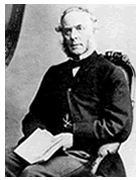 We all know about Robert Fortune and the British East India Company (for a really small summary, you can look there) in the spreading of tea from China to India (I will not go on the topic about the different Camellia sinensis varieties and their origins).
We all know about Robert Fortune and the British East India Company (for a really small summary, you can look there) in the spreading of tea from China to India (I will not go on the topic about the different Camellia sinensis varieties and their origins).
We all know that he went through a lot of efforts to find the tea bushes, to bring them to the coast, to ship them to India and then to Darjeeling.
I say through a lot of efforts as even at that time, sailors, warehousemen, customs officials… (but not botanists or should I say not all of them) knew few things or cared not about the way to take care of plants, seeds, resulting in heavy losses like the ones suffered by the first delivery Robert Fortune made as of the 10,000 seeds sent 100% had rotten and of the 13,000 young plants and only 80 were healthy enough to try to thrive in their new home.
And this result was achieved in spite of the use of up-to-date technology from Victorian times, the real unsung hero of the tea adventure: the Wardian case.
 What is a Wardian case? It is a sealed container protecting the plants or the seeds that needed to be protected from salt, moisture… yet at the same time needed light, water… because it is a living being that can’t live without food, water, solar light. Through its glass top, it allowed the light to get in and the closed container allowed humidity to develop, humidity that gave the plants the water they need.
What is a Wardian case? It is a sealed container protecting the plants or the seeds that needed to be protected from salt, moisture… yet at the same time needed light, water… because it is a living being that can’t live without food, water, solar light. Through its glass top, it allowed the light to get in and the closed container allowed humidity to develop, humidity that gave the plants the water they need.
The name comes from its inventor Dr Ward, a physician interested in botanic. He made in 1829 an experiment with a glass bottle and some moths and seeds; the final result being that plants could live/grow (okay not like in wild nature but enough for other uses). Since at that time, the different European powers were all looking for ways to develop their colonies with new agricultural products (a trend that began the first time that someone somewhere saw a fruit and managed to bring it back alive to its own country), the Wardian case seemed perfectly suited to give an answer to this difficult problem: how to bring alive the seeds or plants.
Sometimes as with tea, this exportation of new agricultural products to a country was done through smuggling, because one country (China, France, the United Kingdom…) didn’t want to lose its competitive advantage by allowing someone else to produce the same products they had. This too is a really long story that can be seen in the history of the spice trade once the European managed to get into the Indian Ocean (for an example of this, you can look at the history of Mr Poivre (Pepper in French and yes, it was his true name))..
This case was not using any breaking technology but Dr Ward was the first one to reduce the scale of a greenhouse, freeing it from the need to add extra heating and water, as his case was self-regulated.
To be perfectly honest, Dr Ward might not have been the first to have the idea or to experiment with it (according to some a Scottish botanist might have created one around a decade earlier but I couldn’t find more than a tenuous reference) but he was the first to publish (if you want to protect your inventions, get a patent or publish) and he found an associate in Mr Loddiges, owner of a well-known plant nursery in London that traded with the whole world (it pays to have friends), which helped him spread the use of his invention with for example the shipping of plants from Australia to England in 1833 with almost all of them surviving.
This was what Robert Fortune used like so many others for sending his findings be them plants or seeds and an invention that was instrumental in bringing tea from China to India.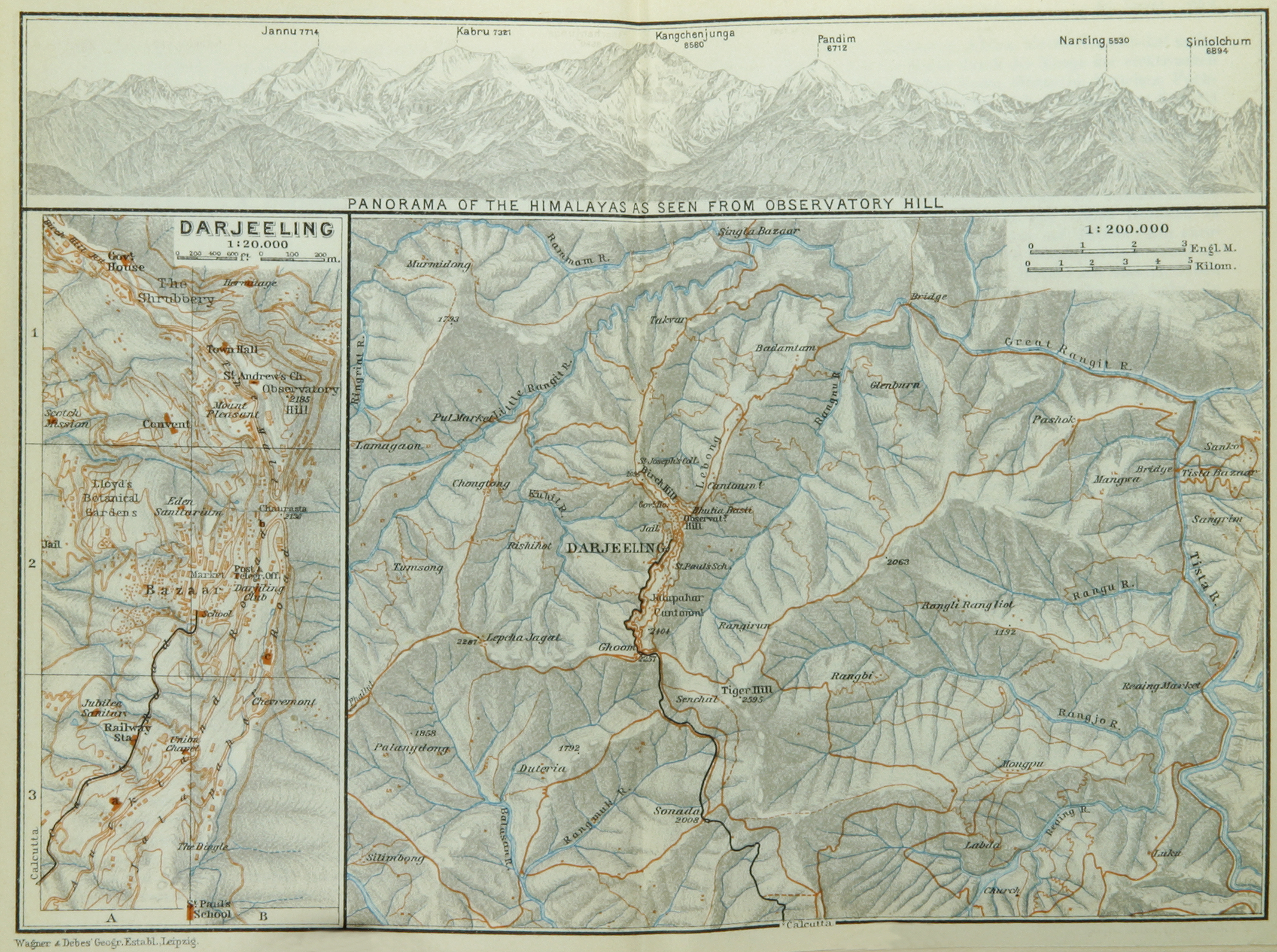
And after this explanation, you might wonder why the Wardian cases failed the first time. The explanation is simple: human curiosity. Custom officials eager to know what was so special about these cases did the only thing that shouldn’t have been done: break the seal and open the cases, breaking the process.

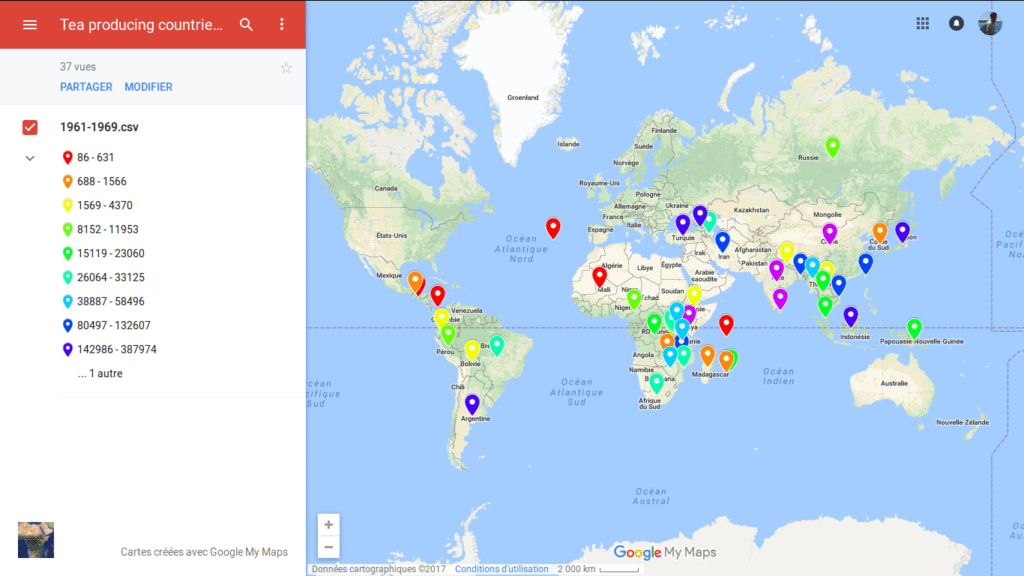
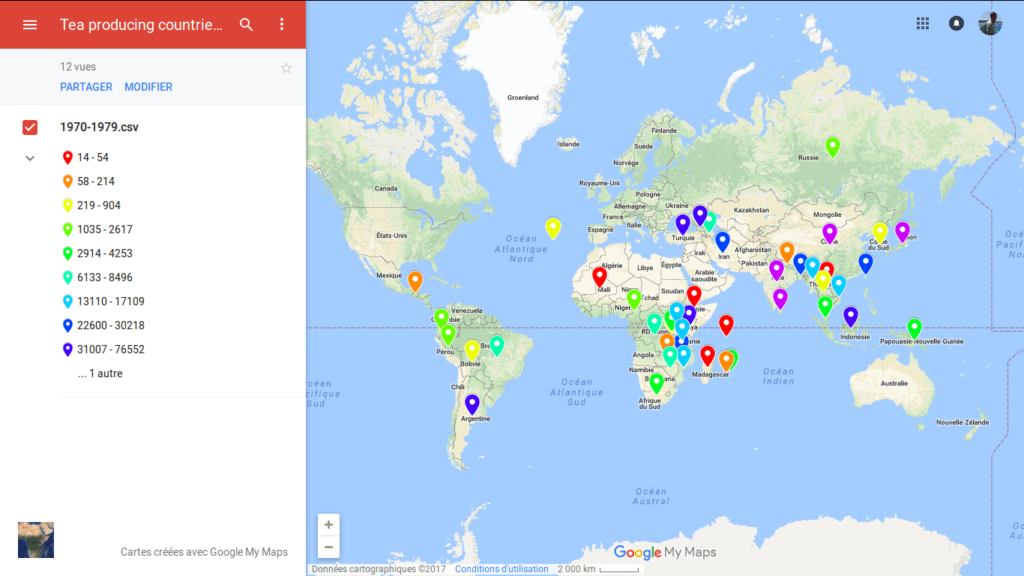
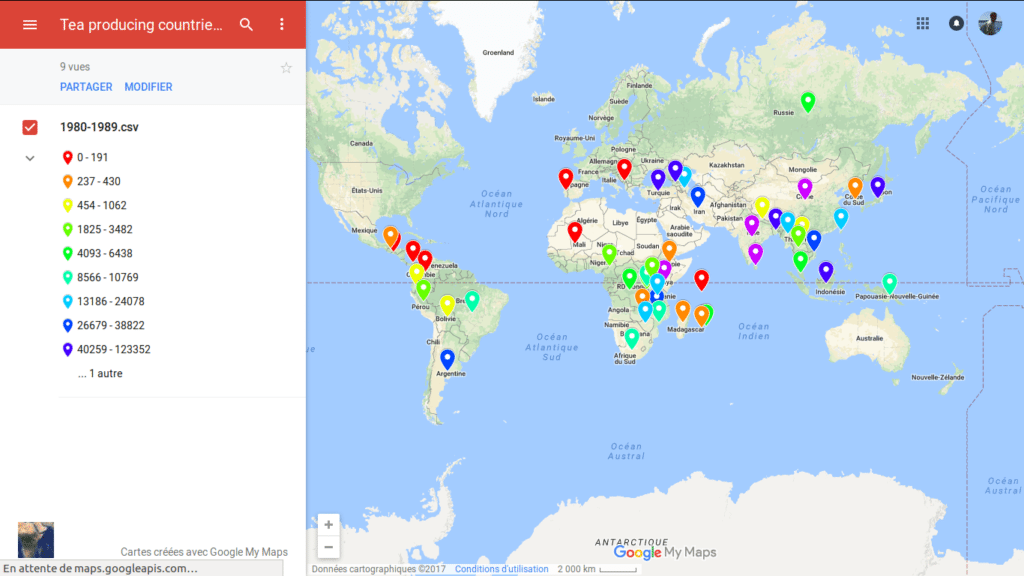
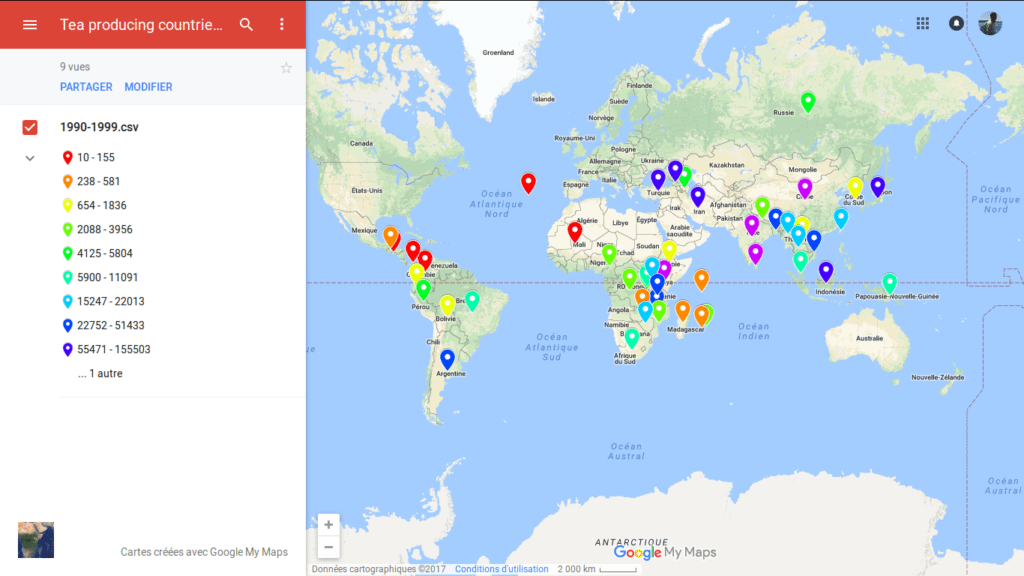
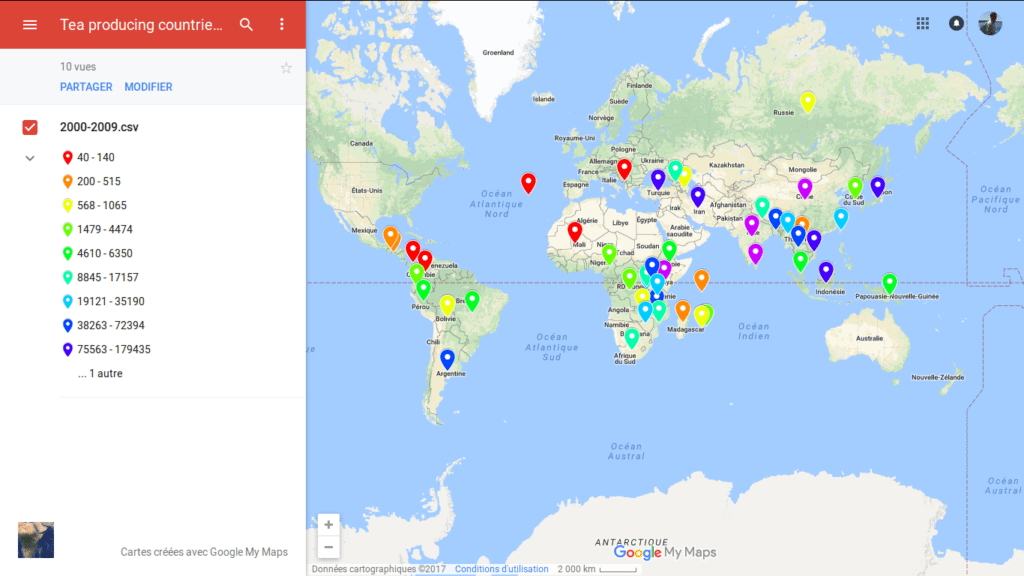
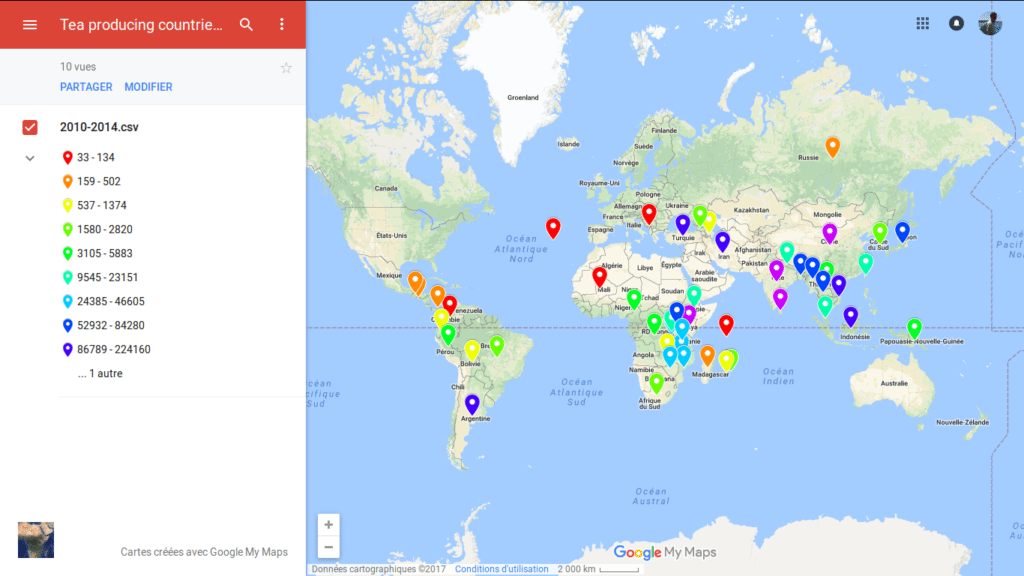

Recent Comments